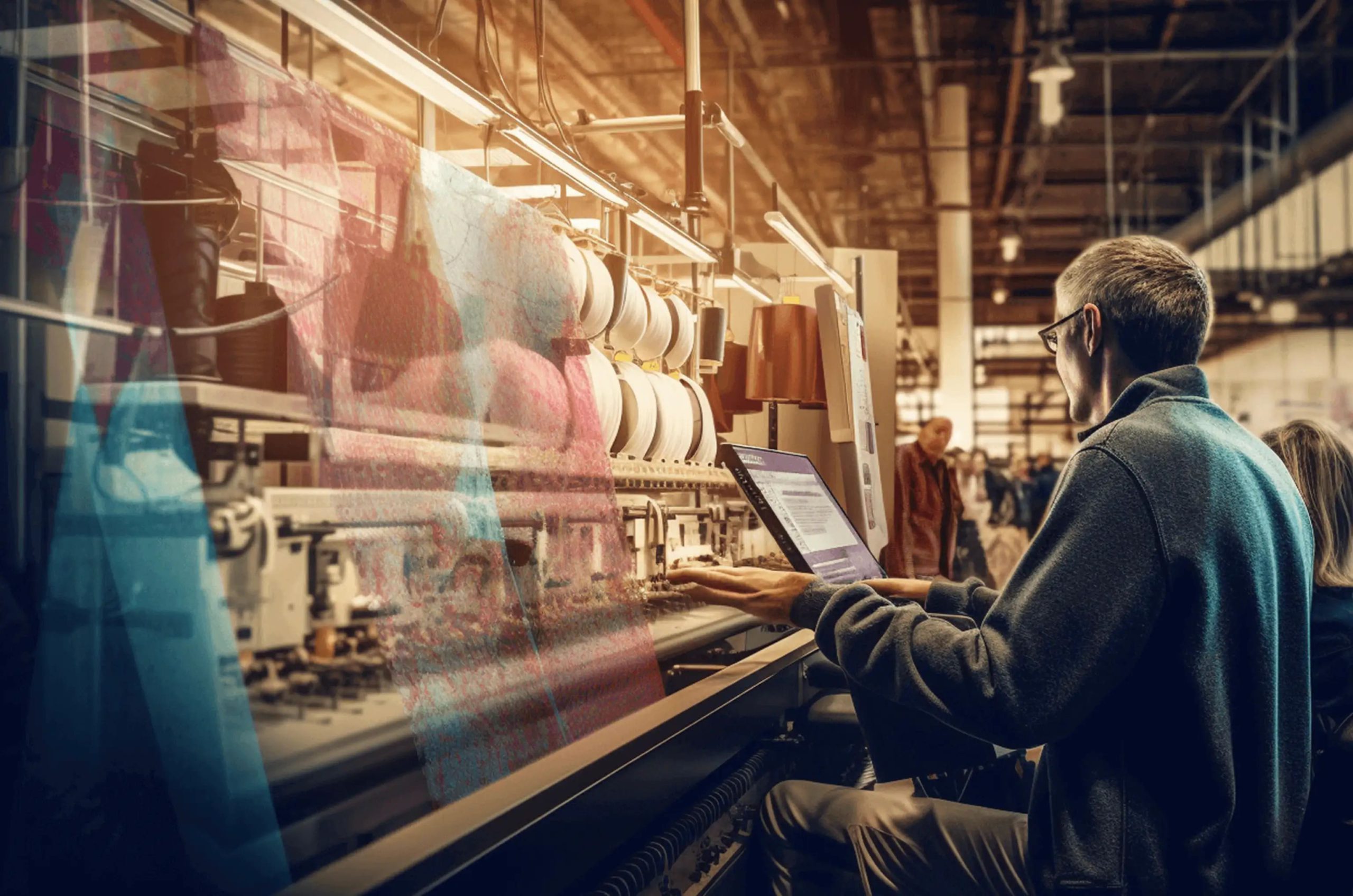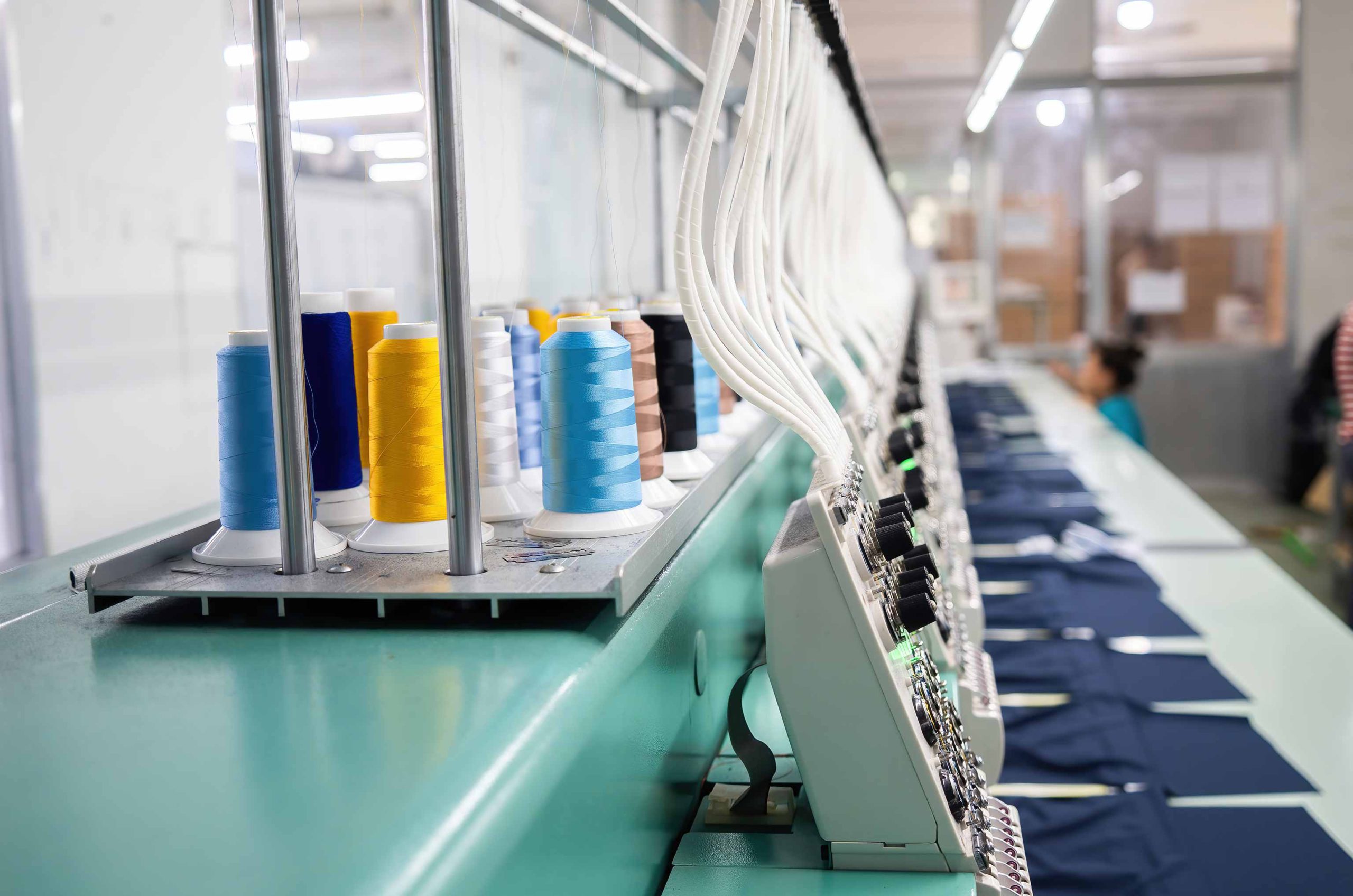The green route with PLM: Use technology to enable sustainable production
-
Introduction
The fashion industry is a massive consumer of the world’s natural resources. The sector has been criticized for its environmental footprint, and is said to be responsible for 10% of all carbon emissions. A 2018 report presented at the Copenhagen Fashion Summit found that the fashion industry produces an estimated 92 million tons of solid waste annually and is also the second biggest consumer of water, discharging 20% of the world’s wastewater every year.
As such, the industry also has a social responsibility to ensure the materials they use are managed responsibly. Fashion companies are under pressure from consumers and governments to reduce their negative impacts on the environment. A 2022 Deloitte study found that 23% of consumers have already switched to buying from companies that share their environmental values with Gen Z being thrice as likely to follow suit.
Fashion has developed a negative reputation due to the high volume of production, poor quality control, and rampant pollution. The statistics are alarming, but not without hope. Experts say that by focusing on the digitally-optimized circular economy — where products are designed to be reused or recycled and resources are conserved to minimize waste — industry can reduce its environmental impact by 30-60 per cent.
-
There are several ways that the fashion industry negatively impacts the environment:
- Wasted raw materials and products due to poor supply chain visibility.
- Waste through unsold products that end up in landfills or incinerators.
- Pollutant emissions from manufacturing.
- Pollutant emissions from transportation.
- Pollutant emissions from incinerating or throwing away products that are no longer wanted by their owners.
- Carbon emissions from producing, shipping and disposing of clothes that are not used at all – i.e., their second lives have not yet begun because they have not been bought by consumers.
- Global warming from the energy used for these activities.
-
How PLM can help facilitate sustainability in fashion
The challenge facing today’s businesses is how to keep up with demand while also maintaining high quality standards. If there’s one thing that the new generation of fashion brands and retailers have in common, it’s the desire to change the status quo of the fashion industry. They want to move beyond fast fashion, embrace sustainability and create better products — for the people who make them, for the customers who buy them and for the planet we all share.
That is a tall order. But it’s possible to get there, with a little help from product lifecycle management (PLM). The good news is that PLM (Product Lifecycle Management) software is already helping fashion and apparel companies create more sustainable products.
PLM is a software that allows everyone involved in making a product to share information about that product’s design, manufacture, shipping logistics, and so forth — before it’s even manufactured.Let’s take a closer look at how PLM can help you transition from fast fashion to mindful production and how it can help you reduce your impact on the environment.
-
Sustainable fashion through transparency and traceability
In 2018, Burberry revealed it had burned $37 million worth of unwanted stock over the previous five years to protect its brand image — “to remain vigilant against the risks of counterfeiting and theft”. Can you imagine? A luxury fashion brand burning perfectly good clothes just so they don’t end up in discount shops or sold online? Burberry is not alone; many fashion brands, including Louis Vuitton and Chanel, burn unsold inventory to protect their exclusivity. This is a problem of supply not meeting demand. As a brand, your goal is to avoid this problem by using business intelligence.
-
Sustainable Design and Manufacturing with PLM: How Major Brands Lead
Business Intelligence. With PLM, you can define business rules to ensure that people, products and processes are following your sustainability agenda. This provides you with full traceability and visibility into the entire development process, enabling you to make informed decisions throughout the lifecycle of your product.
Transparency and accountability. Sustainability is all about accountability. Brands must be accountable not only to consumers and regulators when it comes to sustainability, but also internally within their own organizations and supply chains. PLM software can provide the transparency needed for internal accountability by providing reporting tools that allow users within an organization or at different points along a supply chain to see where things stand at any given time.
Sustainable sourcing. PLM makes it easier for brands to trace the origin of fabrics and materials from suppliers to factories. That allows them to determine exactly where their materials are coming from, and to make sure that those suppliers aren’t contributing to human rights violations or environmental degradation. It helps you manage your supplier network, so you can work with those who share your values and eliminate those who don’t.
Material Management. A PLM system can also keep track of materials used in every single garment — materials that can be reused or recycled are reused or recycled. It also helps manufacturers keep track of which materials they’re using, and how much they need so that they don’t over order or accidentally run out.
More efficient production. PLM can identify bottlenecks in the production process so that brands can cut down on waste, maximize the efficiency of their supply chains, and reduce the time between design and delivery of new styles. By cutting down on wasteful spending, they can save money as well — always a good incentive for those who want to improve sustainability.
Collaboration between departments. Fashion brands often have decentralized teams that work on different aspects of product development. A PLM enables real-time collaboration between teams, ensuring that everyone is on the same page and can react quickly to market trends and customer demands. It helps businesses avoid duplication of effort and minimizes the risk of miscommunication across teams, both of which can lead to costly errors.
-
Summary
Ultimately, designers and brand owners can use a PLM solution to model environmental impact directly into their product development decisions. For example, they can track the total CO2 emissions generated during the lifetime of their product. This enables them to monitor and manage environmental impact at individual item and batch levels throughout the global supply chain.
If you think about it, a PLM solution is the perfect way to create this virtuous circle. It would allow designers and brand owners to eliminate risks before they happen, streamline their product development process and identify opportunities to reduce environmental impact at every stage of each product’s life cycle.
As designers or designers-in-training we have an opportunity to make a difference. Let’s be leaders in a global movement and make this world a better place!










